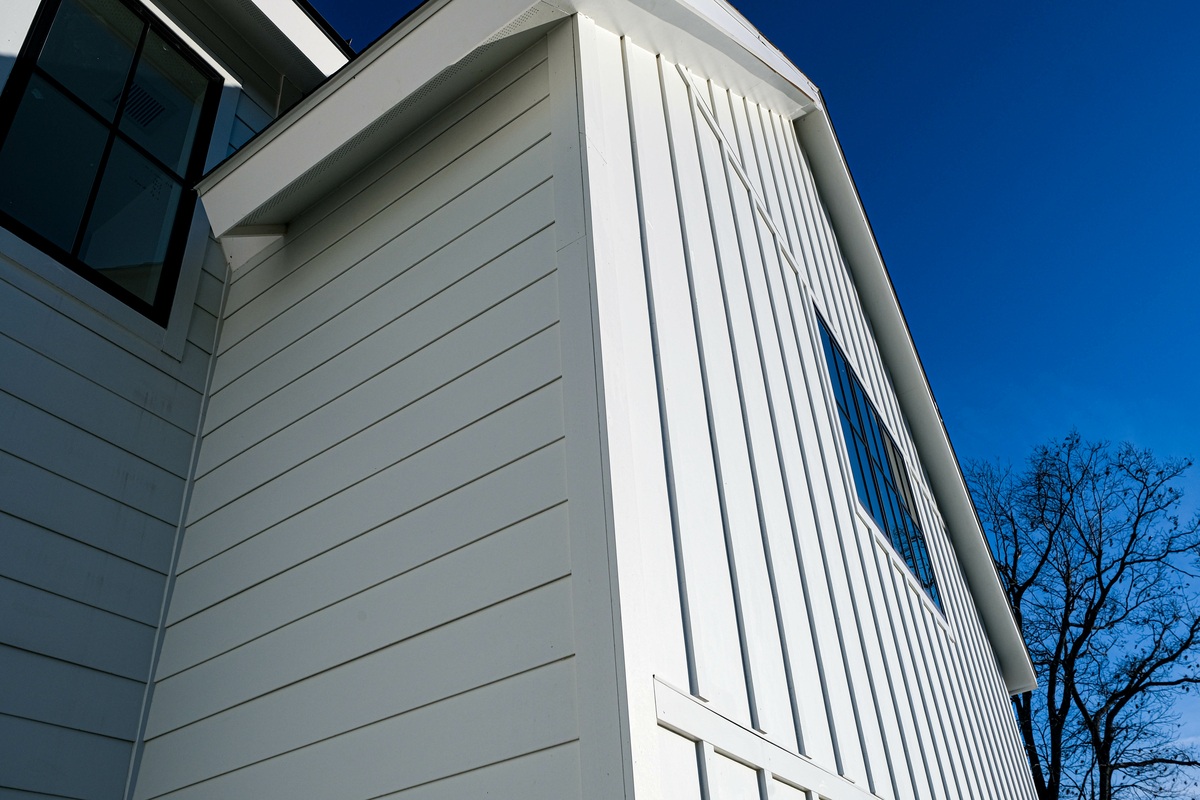When considering new siding, homeowners often weigh the pros and cons of vinyl siding. In this article, we will explore the advantages and disadvantages of this popular siding option, including its durability, cost-effectiveness, and design options. Whether you’re looking to replace your current siding or just want to learn more about vinyl siding, this article will provide you with the information you need to make an informed decision about vinyl siding.
Pros & Cons of Vinyl Siding?
There are a number of pros to vinyl siding, but there are significant drawbacks as well. Take a look.
Pros
- Durability: One of the biggest assumed advantages of installing vinyl siding is its perceived durability. It can withstand harsh weather conditions and is resistant to fading, peeling, and chalking.
- Low maintenance: Vinyl siding requires very little maintenance, making it a convenient choice for busy homeowners. It can be cleaned with a garden hose and does not require painting.
- Cost-effective: Vinyl siding is a cost-effective option for homeowners looking to improve the appearance of their homes. It is generally less expensive than other siding materials, such as wood or brick.
- Variety of colors and styles: Vinyl siding comes in a wide variety of colors and styles, making it easy to find a look that complements your home’s architecture.
Cons
- Limited design options: While vinyl siding comes in a variety of colors and styles, it’s not as customizable as other siding materials, such as wood or brick. There are often limited textural options since the material is extruded.
- Limited insulation: Vinyl siding does not offer as much insulation as other siding materials, which can lead to higher energy costs. With cold winters and hot summers, this means increased costs at least twice a year.
- Can crack or warp in extreme temperatures: Vinyl siding can become brittle in extremely cold temperatures, leading to cracking or warping. Vinyl is also susceptible to warping and bubbling in heat, and we get plenty of heat in the summer.
- Cheap appearance: vinyl siding, while it provides a clean and tidy appearance when new, also has a distinct vinyl siding “look” to it. This is unavoidable, and often gives the appearance of a cheaper exterior, particularly when put on more impressive homes.
Vinyl Siding Is Closer In Price To Other Siding Materials Than You Might Think
Many homeowners assume that vinyl siding is more expensive than other siding materials, but in reality, it’s often closer in price to other options. For example, vinyl siding can cost anywhere from $3 to $8 per square foot, while engineered wood siding can cost $5 to $10 per square foot, and fiber cement siding can cost $5 to $9 per square foot. Additionally, the cost of labor and installation will vary depending on the specific materials and the size of your home.
This means that the total cost of vinyl siding may be more or less expensive than other options depending on your specific project. When comparing this cost difference to the pros and cons, vinyl often loses a lot of its appeal to homeowners, particularly when compared to options like James Hardie fiber cement.
All Star Can Be Your Chicagoland Siding Partner
It’s clear that vinyl siding has its advantages and disadvantages. While it’s durable and low maintenance, it also has some limitations in terms of design options and insulation. Additionally, price is always an important factor to consider when making a decision. It’s important to weigh the pros and cons of vinyl siding against other options such as engineered wood and fiber cement siding, and you can always reach out to All Star Products for expert guidance and quality installation services.





